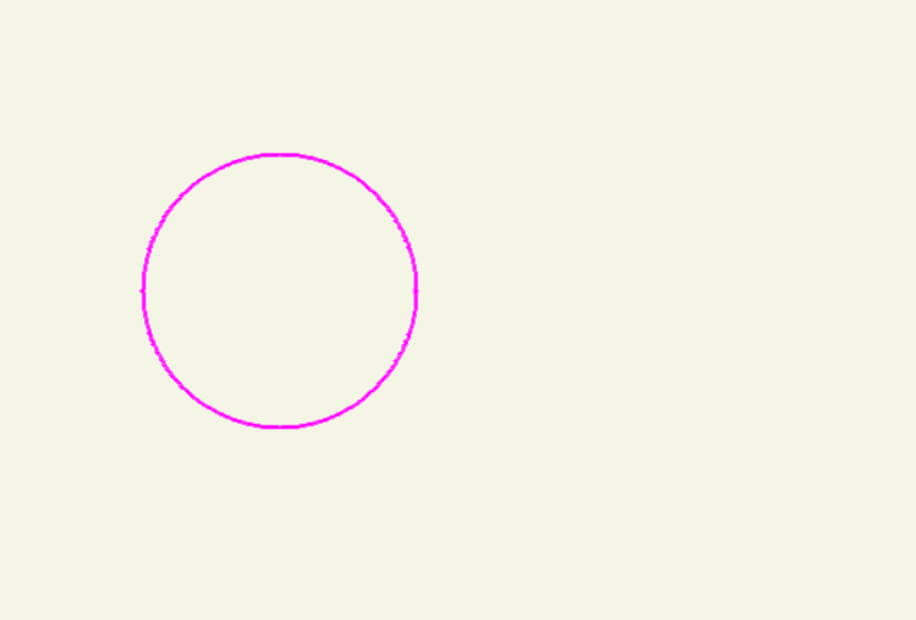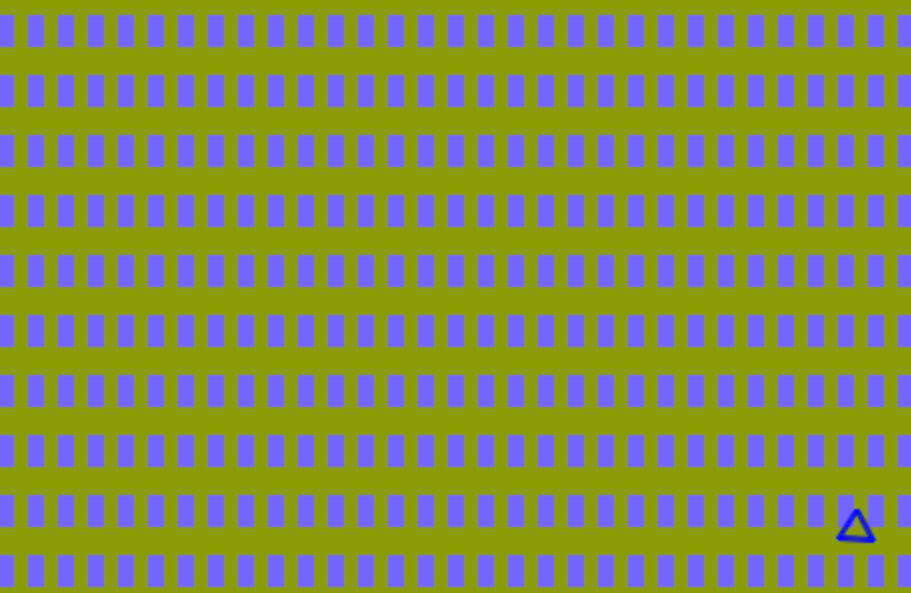Speed of Vision
All living organisms exist over a finite period of time, where the shortest lifespan for an animal is one day and the longest is over 500 years. Plants have a range of life expectancy where a few exceed 5,000 years! Viruses and bacteria may live in unsupportive environments for seconds to millions of years depending on the organism and the environment.
Because senses share information by sending pulses of electricity through nerves and nerves must “recharge” after sending a pulse of electricity, there is a time delay from detection to perception. Therefore, nothing can sense every moment during its existence. Eyesight is no different, even though it detects something traveling at the speed of light.
Measure Your Vision’s Speed
How fast can you detect the shape and color of an object that flashes briefly on the computer screen? Use the following web app to measure your speed of vision for a variety of conditions: simple backgrounds and large objects to textured backgrounds and small objects.
Click the button to run the app.
This app is a tool to make measurements. Be creative how you use it – you could create your own games with it or do research. The uses are quite open-ended.

Example from Vision Speed of a large object with a simple background. Can you detect it in a blink of an eye?

Example of a small object within a textured, multicolored background. Now your vision must detect and recognize it within a very short amount of time.
Acknowledgments
I want to thank Lincoln Berkley, Mason Glidden, Mattea Horne, and Cydnie Reiman for their insightful suggestions during beta testing.
Seeing with Rapidly Moving Eyes
Our eyes and head move nearly constantly, so how do we see a stable image? With our limited rate of vision detection, why don’t we see gaps in how the motion of objects we are watching? Imagine if you moved a movie camera at the rate eyes move back and forth as they view the world? We would be motion sick before we watched the first scene! The brain coordinates eye motion and conscious and subconscious vision, which allows us to interact with, and survive, a world with moving objects relative to us.
Persistence of Vision
As you used the Vision Speed web app, did you notice that you retained an image of the object in your mind after it disappeared? Our brains retain the images for over 60 milliseconds, helping to create smooth transitions between our eye measurements. Humans also use this to create “moving pictures” – our movies! Our understanding of persistence allows us to create animations that have the fewest number of drawings that still allow for smooth motion of the characters.
-
Topics in Observing
- Our Senses and Brain
- Perspective,
- Technology,
- Measurement,
- Data, Graphs, and Functions
- Function Transformations
- Contouring, and
- Improving Observational Skills.
Measure your:

0 Comments